What is a Fennel Seed & How to Cook it
What is Fennel? What are Fennel Seeds? How To Cook With Fennel? All You Need To Know Explained
Fennel is popular around the world, but also relatively unknown. It starts as a flowering plant related to carrots which flowers are easily recognizable; they’re small and bright yellow.
Fennel has been used in the kitchen and traditional medicine for centuries, particularly around the Mediterranean Basin, but it’s now famous worldwide.
Often misunderstood, you can eat fennel’s bulb, but you can also use its leaves and aromatic seeds. Delicious and super nutritious, today you’ll learn what is fennel used in, and how to use fennel in cooking. Let’s have a closer look.
Fennel Through History
Although fennel has been around for thousands of years, the first time it was recorded was in Ancient Egypt, 3,500 years ago, in what appears to be a papyrus with health treatments.
The Ancient Greeks also mentioned fennel around 700BC in the Prometheus mythological story. The hero used a hollowed fennel stack to retrieve fire from the gods. For the Greeks, fennel was a source of knowledge.
The medieval ruler Charlemagne promoted fennel plantings across his vast empire; it was easy to grow, nutritious, and had yet-unexplained medicinal properties.
How to Cook With Fennel Bulbs?
Let’s start with the bulb because it might very well be the most versatile part of fennel.
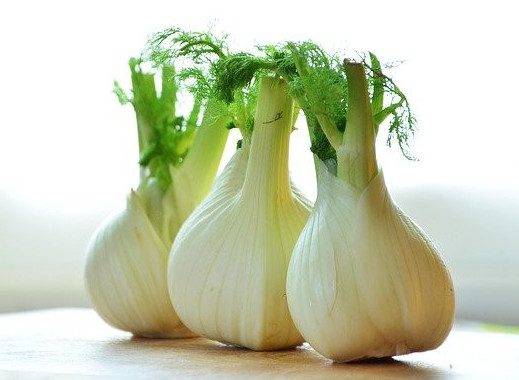
Think of a celery or onion texture with aromatics reminiscent of anise. You can chop it and enjoy it raw as part of a salad, but when cooked, fennel bulbs caramelize and become a beautiful side dish for any meal. Sautée the bulbs drizzled with olive oil or grill them for your new favorite veggie. You can bake fennel bulbs, too, for a tender, caramelized treat — the best way of eating your greens right here.
How to Cook With Fennel Leaves?
Fennel leaves or fronds look very much as dill, although they have a completely different taste profile.
Cooking with fennel fronds is easier than you think. Chop the fronds thinly and sprinkle them on stews, soups and broths for a uniquely Mediterranean feel.
Add the fronds to salads directly or to a vinaigrette-based dressing. You can also add fennel leaves to pesto for an enticing touch or add them to curries.
When it comes to fennel leaves, fresh is always better, and you get them for free when you buy fennel bulbs!
How To Cook With Fennel Seeds?
Fennel seeds are small and have a pod-like shape. To enjoy them, you must first roast them briefly and ground them into a fine powder. Luckily, Fennel seed powder is widely available.
Fennel seed’s flavor reminds you of anise and licorice, which makes it a fantastic addition to grilled fish, stews, rice, or even pasta.
Indian, Chinese, Middle Eastern, and Mediterranean cuisines use fennel seeds widely, and you might not see them, but you can definitely taste them.
The seeds are part of the famous Indian garam masala spice blend, for example, it’s one of the 5 Chinese 5-spice powder, and they give flavor to Italian sausages.
What Are The Health Benefits of Fennel?
Both fennel bulbs and seeds are incredibly healthy; they’re superfoods in their own right. They’re packed with fiber, vitamin C, iron, calcium, magnesium, manganese and potassium.
As part of a balanced diet, fennel can fulfill your daily dietary needs for essential minerals with ease.
Fennel seeds are also a reliable source for antioxidants and bio-active compounds that appear to have anti-inflammatory properties.
A daily cup of fennel seed tea could help you suppress your appetite, helping you achieve your weight goals.
Finally, some fennel compounds have estrogenic properties, which might aid hormonal imbalance caused by menopause in women.
Health Risk of Consuming Fennel
Although eating fennel bulbs, fronds or seeds presents little to no health risks, some concentrated sources in nutritional supplements and fennel extract has proven to have potential downsides.
Hormonal changes caused by fennel extract could cause unnecessary risks with pregnant women and could be toxic to developing embryos.
Avoid fennel concentrates and essential oils if you’re in hormonal treatments and talk to your doctor before adding supplements to your diet.
Make Fennel Part Of Your Life
Now that you know how to cook with fennel, and why it’s good for you, there’s no excuse for not adding it to your diet. Fennel bulbs, fronds or seeds, you don’t have to choose, there are fewer agricultural products as versatile as the aromatic fennel.
Fennel Nutritional Facts
According to the USDA, one cup (87 grams) of raw fennel bulb adds 27 calories and 3 grams of fiber, while a tablespoon of dried fennel seeds adds 20 calories and 2 grams of fiber.
Fennel bulbs contribute to your recommended daily intake as follows:
- Vitamin C 12%
- Calcium 3%
- Iron 4%
- Magnesium 4%
- Potassium 8%
- Manganese 7%
Fennel seeds contribute to your recommended daily intake as follows:
- Vitamin C 1%
- Calcium 5%
- Iron 6%
- Magnesium 5%
- Potassium 2%
- Manganese 17%
Best type of Fennel to buy
Our pick for best Fennel Seeds to buy – Check it out
Highly Rated – Fennel related social posts
Pot-Roast Chicken with Fennel, Apple & White Wine 🌱
save for later, share & tag someone you’d love to devour this with 🌱
Chicken & fennel are best mates and when you add some apple and pot roast it all, well, it’s damn delicious! myfruitologist
Serve with other roast veggies and potatoes if you want to make a larger meal.
Serves 4
Ingredients
4 tbsp olive oil
1 large head fennel, thickly sliced
2 medium brown onions, sliced
3 clove garlic, sliced
Sea salt, fresh ground black pepper
2 granny smith apples, cut into quarters, core removed
1 cup white wine
1 cup chicken stock
¼ cup each dill, flat leaf parsley, roughly chopped
1 butterflied chicken
Method
Preheat an oven to 200C and place a large pan the at can go into the oven, over a
medium/high heat.
Add half the olive oil fennel, onion and garlic with a pinch of salt and sweat, stirring often
until starting to caramelise and soften then add the apples, wine, stock and half the herbs
and bring to the boil.
Season the chicken, lay over the fennel and apples, drizzle with remaining olive oil then cover everything with baking paper, a lid and place into the oven
and cook for 30 minutes.
Remove the lid and place back in the oven for 5 minutes to colour the chicken a little.
To serve, carve the chicken into legs and breast and place back into the pot. Spoon some
fennel and juices over the chicken and scatter with the remaining herbs
This week's kitchen obsession has been a garlic and fennel seed paste fueled by the giant bronze fennel plant that keeps producing fresh seed heads (and still surrounded by a halo of flying insects that are besotted with the polleniferous flowers) 💛 I made a bigger batch last night (slide 1) after a smaller version for some rillettes, a few days ago (2). The Frenchman asked if we'd eaten this before. He's a fan - maybe because it screams South-of-France 🇨🇵 Yes! I said, I began making it in Harlem (we had lots of fennel on that terrace, too). And at last I tracked down my feral version, which I had actually forgotten about. It's in the field garlic chapter for Forage, Harvest Feast! See Slide 4. But I think the addition of preserved lemon is an improvement. Its oils, and the sting of garlic, do something magical to the green fennel seeds 🍋 (And now I need to make more preserved lemons - looking forward to a box of unsprayed and unwaxed fruit from rincontropics 🍋🍋) Last night, once it was all crushed, I tossed the paste into a flock of chicken wings and grilled them. Then we ate like hyenas. (Back in Harlem I remember stuffing it into giant portobello mushrooms, with breadcrumbs, and roasting...)
.
.
#forageharvestfeastbook
.
.
#fennel #fennelseed #freshfennel #bronzefennel #fennelflowers #foeniculumvulgare #herbs #herbgarden #fennelpaste #garlicpaste #preservedlemon #meyerlemon #freshradishfarm #grownyc #summersupper #eattheseason #seasonaleating #localfood #slowfood #slowfoodusa #chickenwings #wings #newyorklife #nytfood #farmersmarket
Sources
- https://en.wikipedia.org/wiki/Fennel
- https://www.masterclass.com/articles/what-is-fennel-benefits-of-fennel-plus-easy-recipe-and-cooking-ideas#ideas-for-fennel-recipes
- https://www.loveandlemons.com/what-is-fennel/
- https://www.healthline.com/nutrition/fennel-and-fennel-seed-benefits#9
- https://www.bbc.co.uk/food/fennel_seeds
- https://www.finedininglovers.com/article/fennel-z-26-interesting-things-know-about-fennel
- https://www.herbinfosite.com/herb-information/herb-profiles-fennel

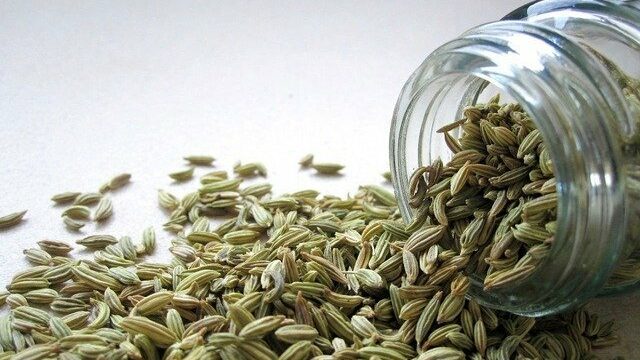

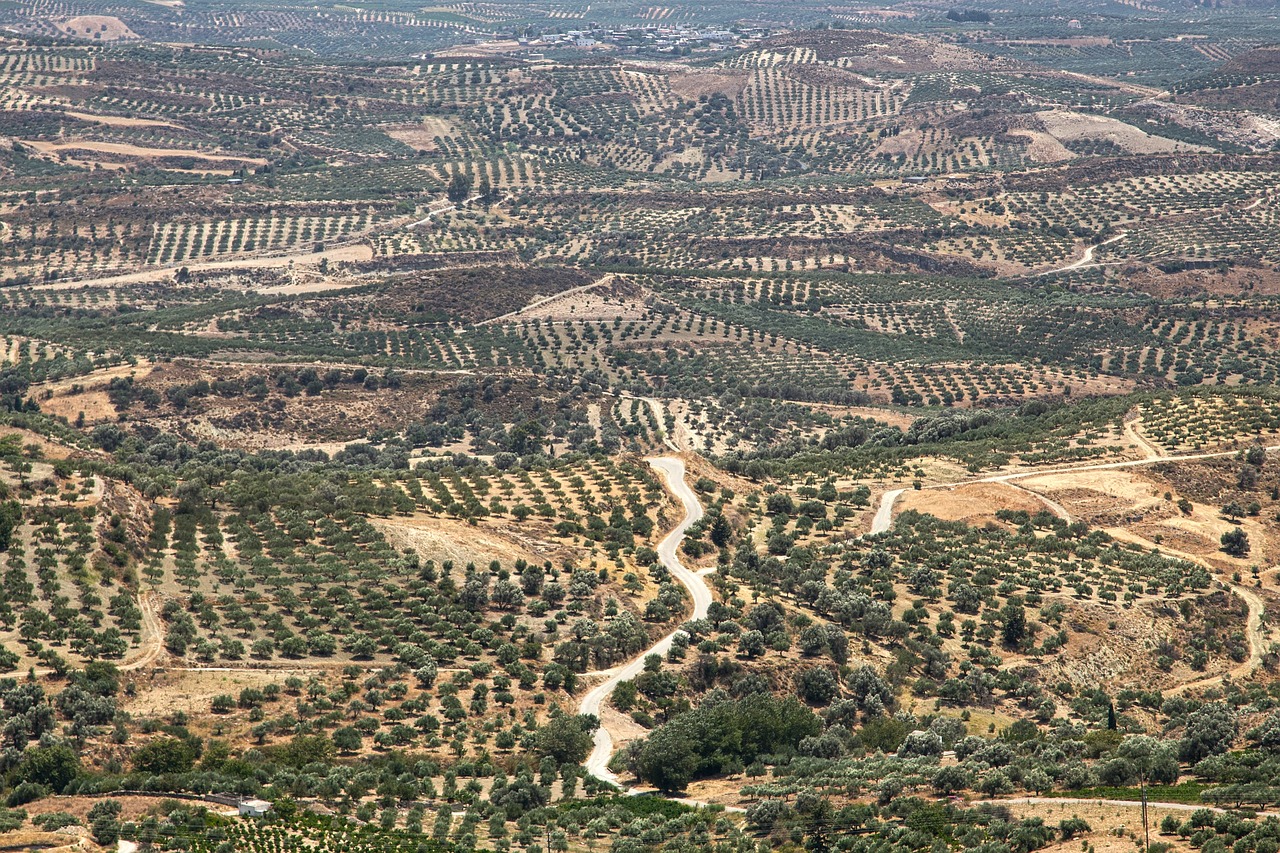
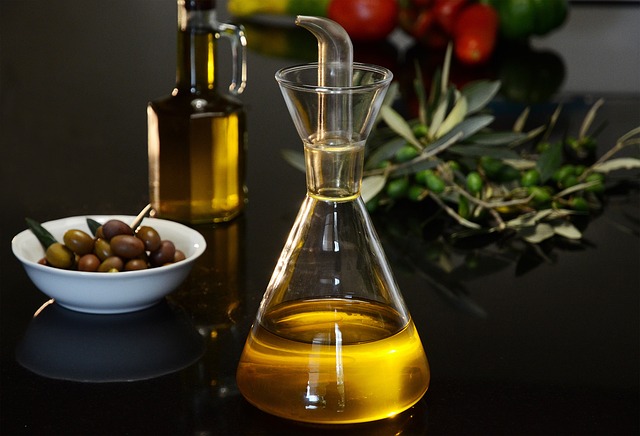
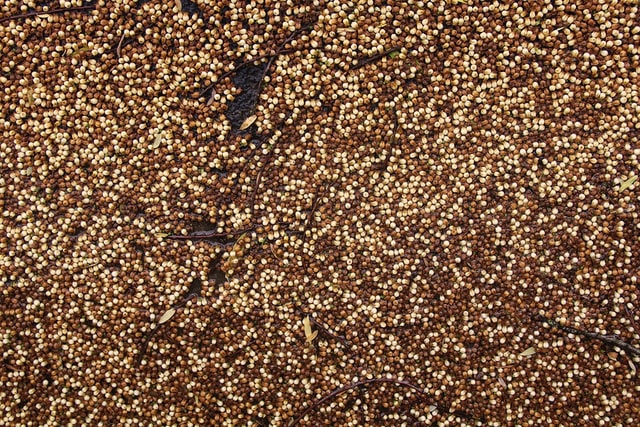
Oh wow! I didn’t realize there where so many ways to cook with Fennel Seeds. There are tons of health benefits when consuming Fennel Seeds as well. No wonder I have been seeing a lot a craze about Fennel Seeds in the midwest. It always a win win when you come across something that’s healthy and tasty. Thank you PW, for sharing such helpful, healthy article!
hello awesome article you have here. this really caught my attention i just could not ignore it, am really sure that this is going to help anyone that comes across it, this has really educated me a lot i really didnt know about this fennel seed and what it does am sure going to get it after now thanks for sharing this with me.
Very good article, my experience with fennel is, it reminds me of the taste of cough grass and I haven’t used it much in my menu, but I grow it in my garden.I eat the green top in the same way and put it in the freezer for the winter. A little soup in it gives a very good taste. And the lower part is usually cooked with fish or animal meat.
The seeds have not been used much before, but it is good to know that they help to lose weight
Great, thanks Lea.
Thanks so much for sharing a good article to read to know more about what is a Fennel seed and why should I have it in my kitchen.
A few years ago I had a Fennel salad and I liked, but I didn’t know much about the benefits everyone could get by having it from time to time. After reading your article now I know fennel tea is good to keep weight goals, and it will also might aid hormonal imbalance caused by menopause to women! These are two good reasons to have fennel seeds on the groceries list for next week!
Brilliant, thanks Alejandra
Wow! I’ve only had fennel seed and fennel leaves on a fancy dish at a restraunt here and there, so not only did I not know that they’re related to carrots, but I had no idea they grew from an edible bulb as well. Much more versatile of a plant than I presumed. Along with the health benefits, I appreciate you adding in potential risks as well (I’ve heard radishes are a risk during pregnancy too, go figure!).
Looks like I’ll be checking the farmers market next time for some fennel. Thanks!
Brilliant, thanks Jess.